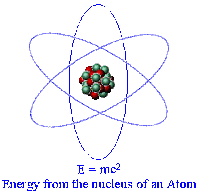
The U.S. Congress is considering raising the ethanol mandate from 7.5 billion gallons to 36 billion gallons. They want 20 of the 36 billion gallons to come from cellulosic (stalks, biomass) ethanol by 2022, which is more than six times the capacity of America's 115 ethanol refineries.
Some of the largest American ethanol companies and investors investing in Brazil are George Soros, Archer Daniels Midland and Cargill. Brazil also participates in the Interamerican Ethanol Commission with former Florida governor Jeb Bush. George Soros is backing a company in Brazil, Adecoagro, which plans to spend $1 billion to build three plants over the next five years. Goldman Sachs and Carlyle Group are also investing in new ethanol plants in Brazil. The import of Brazilian ethanol to the U.S. is constrained by the 51-cent per gallon subsidy paid to American corn ethanol producers and by the 54-cent per gallon tariff on imported ethanol. However, of the 680 million gallons of ethanol the U.S. imported in 2006, 500 million gallons came from Brazil.
There is also indirect pressure in Brazil to increase soy production in response to corn displacing soy for ethanol production in the United States. Bunge is one of the largest soy traders in Brazil and is headquartered in White Plains, N.Y. (Wash Post, Business, 7-31-07)








